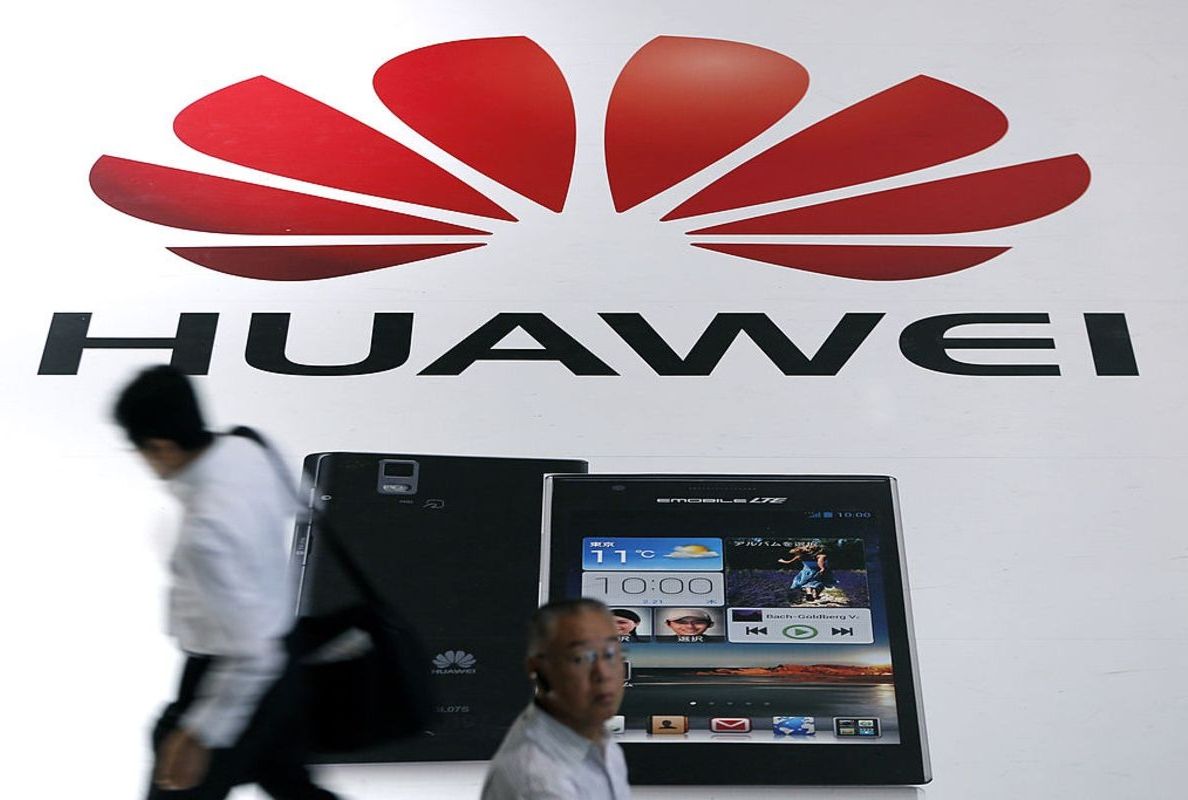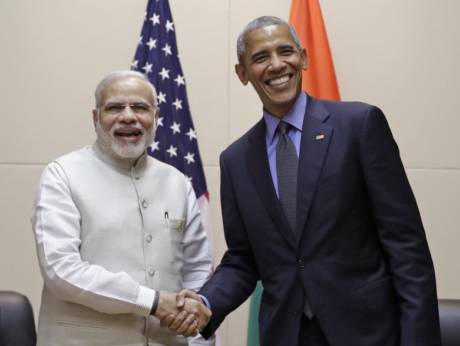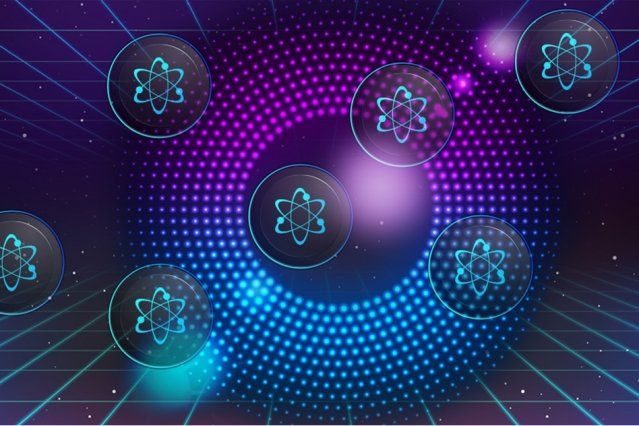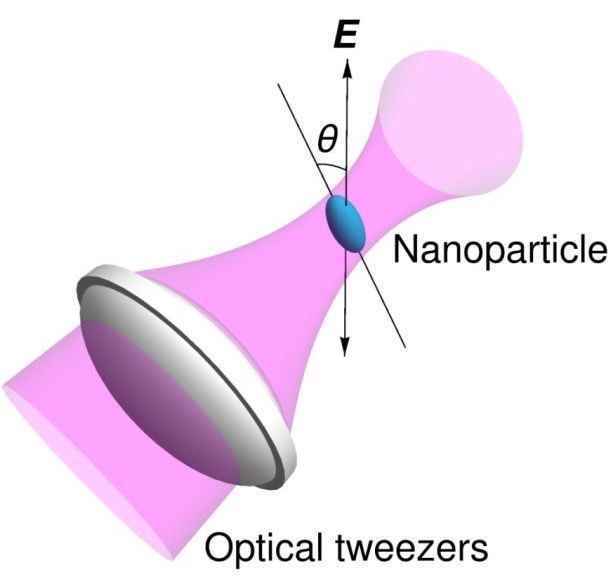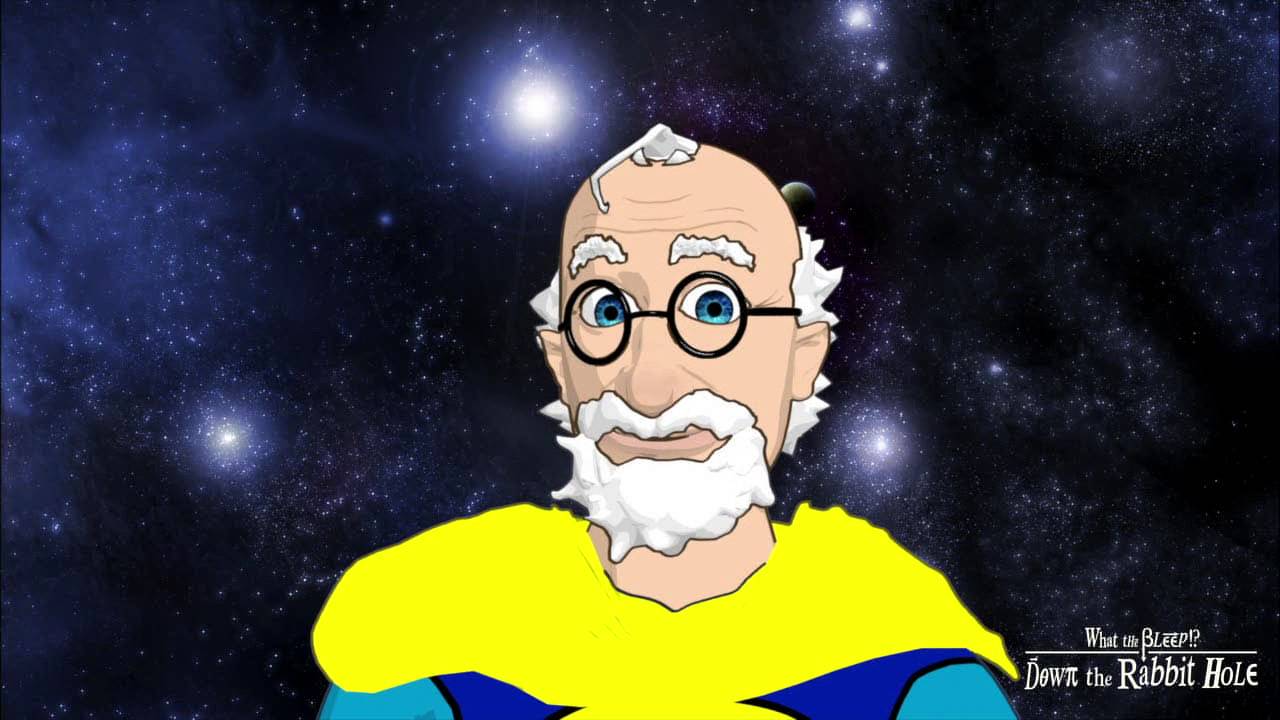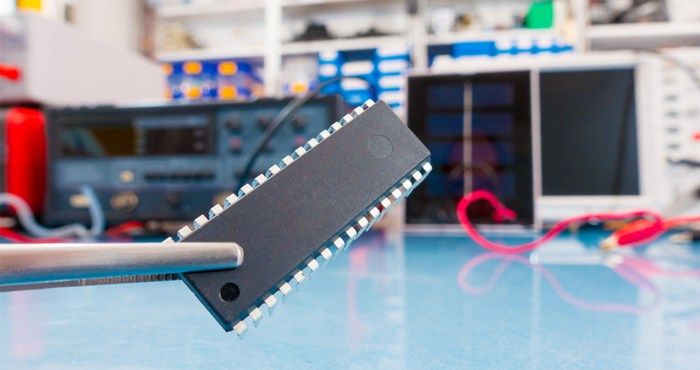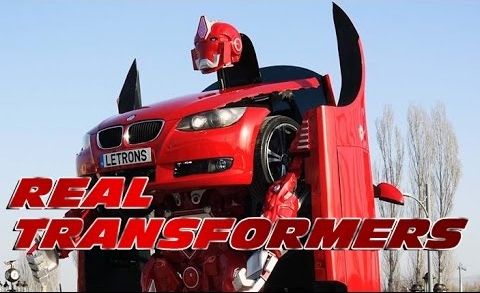Sep 15, 2016
Burning Man meets TED: Silicon Valley’s creative tech parties arrive in Southeast Asia
Posted by Karen Hurst in category: media & arts
Exciting times in China.
Three stages, colorful lasers, live performances, video projections, and a secret after party. This is no music festival, it’s a technology event.
Slush, a non-profit movement that originated in Finland, has made a name for itself across the world for annual events that it describes as “Burning Man meets TED.” Speaker presentations, panel discussions, workshops, and pitches are held in a festival-esque setting instead of the traditional conference hall to urge greater engagement between start-ups, venture capital (VC) funds and investors.
